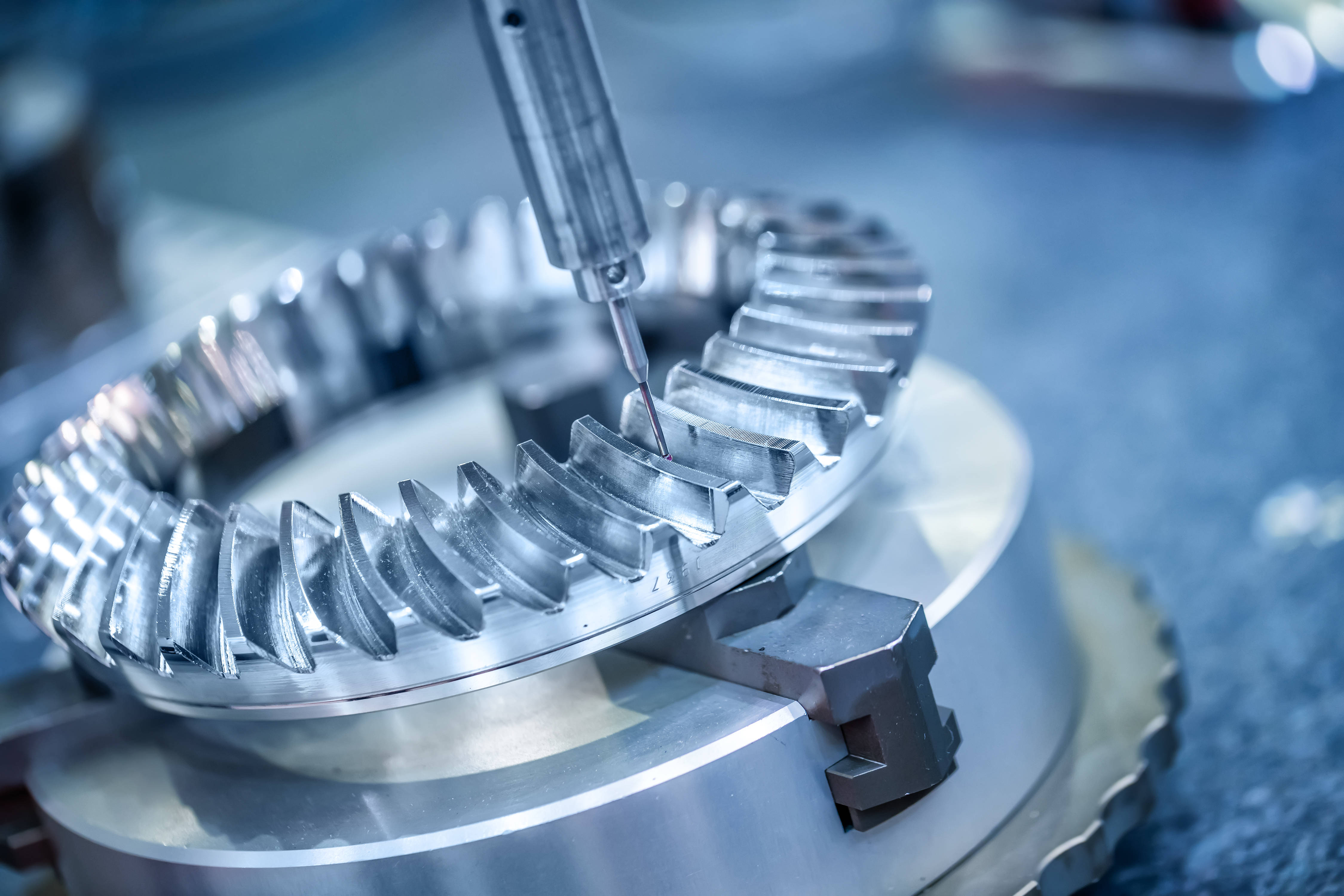Materials Innovation in Metal Fabrication: Driving Technological Advancements+ View more
Materials Innovation in Metal Fabrication: Driving Technological Advancements
+ View more
Date:2023-12-19 11:00
The evolution of materials plays a pivotal role in shaping the landscape of metal fabrication, serving as a catalyst for technological advancements that redefine the boundaries of what's achievable. This article delves into the realm of materials innovation, elucidating its profound impact on the trajectory of metal fabrication processes and technological advancements.
Evolution of Materials in Metal Fabrication
The historical evolution of materials in metal fabrication underscores a journey marked by innovation and discovery. From traditional alloys to the emergence of high-strength, lightweight materials, the industry has witnessed a paradigm shift. Advanced composites, nanomaterials, and metamaterials are reshaping fabrication methodologies, enabling superior performance and multifunctional capabilities.
High-Performance Alloys and Composite Materials
The introduction of high-performance alloys has revolutionized metal fabrication. Alloys engineered for specific applications exhibit exceptional strength, corrosion resistance, and heat tolerance. Composite materials, blending metals with polymers or ceramics, offer unparalleled mechanical properties, catering to diverse industrial needs with superior durability and reduced weight.
Lightweight Materials in Aerospace and Automotive Industries
In the aerospace and automotive sectors, the demand for lightweight materials is incessant. Innovations in aluminium alloys, titanium, and carbon fibre-reinforced polymers (CFRPs) have transformed the structural integrity of components. These lightweight alternatives not only enhance fuel efficiency but also elevate performance and safety standards.
Nanotechnology and Its Impact
Nanotechnology stands at the forefront of materials innovation. Manipulating materials at the nanoscale endows them with extraordinary properties. Nanostructured materials exhibit enhanced strength, conductivity, and catalytic properties, paving the way for groundbreaking advancements in sensors, coatings, and medical devices.
Additive Manufacturing and Material Design
Additive manufacturing, often synonymous with 3D printing, has revolutionized material design. It allows for intricate geometries and the creation of complex parts using a variety of materials. This freedom in design enables the exploration of novel material compositions and structures previously unattainable with traditional manufacturing methods.
Sustainability and Green Materials
The pursuit of sustainability drives the development of eco-friendly materials in metal fabrication. Recycled metals, bio-based polymers, and environmentally friendly coatings reduce environmental impact while maintaining performance standards. This ethos of sustainability aligns with industry demands for greener practices.
Conclusion
In conclusion, materials innovation remains at the vanguard of technological advancements in metal fabrication. The continual evolution of materials opens new frontiers, enhancing performance, enabling multifunctionality, and redefining the very essence of what is achievable in manufacturing. The symbiosis of materials innovation with additive manufacturing, nanotechnology, and sustainability foreshadows a future where the limits of possibility in metal fabrication are continually pushed and redefined.
Share to:
Recommend wonderful blog posts

